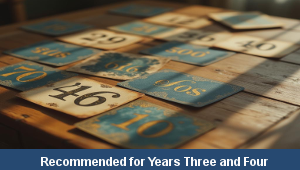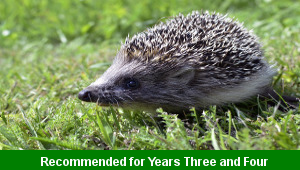Home > Key Stage Two > English > Extra > Easter Eggs
Lesson Two – Egg Hunt

This English teaching pack for Key Stage Two gets the children to select, define and practise using prepositions for place to describe the position of some different Easter eggs that might be hidden around a family garden.
The class can explain and model how to compose their own sentences using prepositions to describe nouns that are related to a range of different Easter eggs.
Download this teaching pack including a lesson plan, classroom activities and an interactive presentation to select, define and practise using prepositions for place to describe the position of some different Easter eggs that might be hidden around a family garden
Activities in this teaching pack include a shared reading text to identify prepositions and adjectives used to describe nouns in a poem about different Easter eggs and worksheets to select different prepositions to express the position of nouns in sentences about different Easter eggs.
The interactive presentation gets the children to explore how to use prepositions for place to describe the position of different Easter eggs that might be hidden around a garden.
This lesson is part of an English scheme of work to get the children to select and use descriptive vocabulary to create a shape poem describing different types of eggs given for Easter. There are teaching activities for shared learning, differentiated worksheets to support independent learning and interactive presentations to introduce concepts and key skills.
-

Letter Strings Word Groups
Explore how to identify, list and match some groups of words that can be spelt with common letter strings
-

Rounding Hundreds
Explain and model how to round some different numbers to the nearest hundred based on the place values of the digits in each number
-

Rounding Tens
Identify and record how to round some different numbers to the nearest ten based on the place values of the digits in each number
-

Classic Animal Stories
Investigate the structure and content of classic works of fiction by significant authors with animals as the main characters
